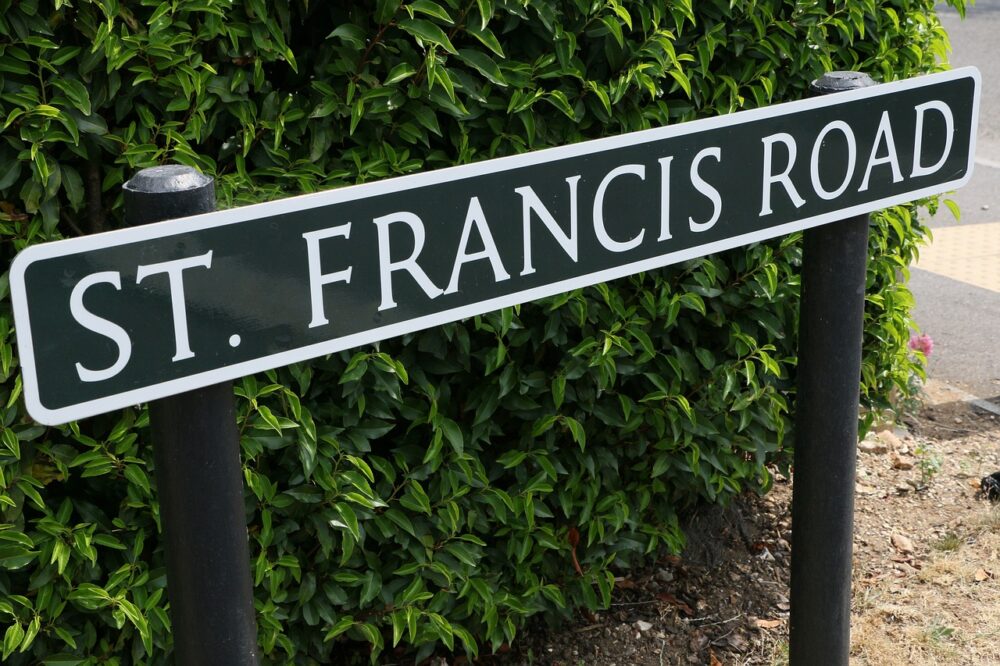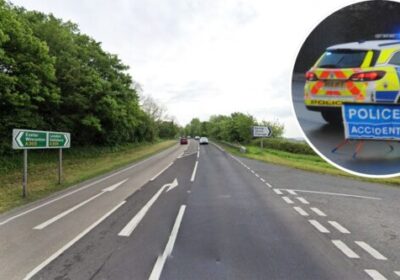By Kye Harman, marketing manager of Armishaws Removals
DO you know where the name of your street comes from? It might appear road-imentary, but likely has a long history full of meaning and purpose – or in the case of Church Street, just happened to be near the local religious building.
Here are eleven weird and wonderful explanations for street names in Britain.
- Streets were often named in honour of events and people, giving us a rich historical map of towns as they grew. An abundance of “Waterloos” appeared not long after the battle in 1815 and “Victoria” became popular during the Queen’s reign.
- What makes a street a street and a road a road? Streets were seen as destinations, found within a town and normally lined by residential or commercial buildings. Roads were described as thoroughfares connecting villages, towns and cities. Hence common names like London Road, Manchester Road and Brighton Road; these names often began as directions.
- Baker Street, Mill Road, Church Lane, Brewers Close – local landmarks and services were important in creating these names. Builders also got in on the act, naming streets after themselves, their wives or their children. Baker Street in London, literary home of Sherlock Holmes, has nothing to do with bread, it was named after the man who built it, William Baker.
- The name of your road can help with house prices. Research has found that if you live on Pear Tree Lane your property is more likely to attract potential buyers and a higher price, than those living in a similar property on Crotch Lane.
- Planners and developers have got wise to this, with flower and tree names becoming increasingly common on newer streets. The use of ‘Lane’, ‘Way’ and ‘Mews’ are also carefully applied to help increase interest and prices.
- During the reign of King Henry a London ‘Street’ could only be given the suffix if it was paved and wide enough for sixteen knights to ride abreast. A ‘Lane’ had to be wide enough that a beer barrel could be rolled along.
- Bad street names are still a cause for concern. According to the Royal Mail, 494 streets were renamed in 2016. In some cases this was due to confusion between similar sounding streets, but increasingly streets are renamed due to petitions from local residents.
- Some people celebrate their quirky street names Silly Lane (Forest of Bowland, Lancashire), Frying Pan Alley (Spitalfields, London), Christmas Pie Avenue, (Flexford, Surrey), Knick Knack Lane (Brixham, Devon), Ghost House Lane (Chilwell, Nottingham), Whip-Ma-Whop-Ma-Gate (York) are among some of the UK’s more colourful monikers.
- Other less fortunate locales include; St. Gregory’s Back Alley (Norwich), Hornyold Road (Malvern), Backside Lane (Doncaster), Bell End (Rowley Regis) Arguments Yard (Whitby), and Fanny Street (Cardiff).
- Some planners and councils do show an artistic side. After a plaque was unveiled on the platform at Dartford Railway Station, where future Rolling Stones Mick Jagger and Keith Richards first met, councillors joined in by naming new roads; Ruby Tuesday Drive, Angie Mews, Sympathy Vale, Cloud Close and Lady Jane Place.
- But being cool doesn’t always go down well, Milton Keynes got things very wrong when they started naming streets after entertainment icons. Jimi Hendrix, Bob Marley, Freddie Mercury, Marylin Monroe were just some of those honoured by their own routes in a new estate. Residents were less than impressed as the estate was also close to Crownhill Crematorium. The combination of dead stars and passing funeral traffic soon led the area to be nicknamed “Stiffs Estate”.
READ MORE: 9 million homes “underoccupied”
To receive a free removals quote visit www.armishaws.com/somerset-removals/











Leave a Reply